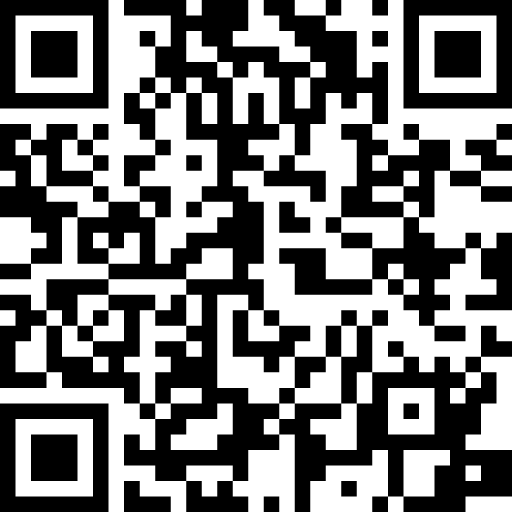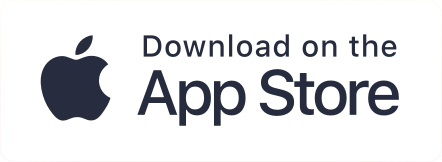What is IOTA coin?
IOTA, which stands for Internet of Things Application, is an open-source, permissionless distributed ledger that facilitates feeless transactions and microtransactions between various devices on the internet of things (IoT).
IOTA takes a unique approach to address the scalability and transaction fees issues experienced by blockchain technologies by dropping the block and chain altogether. Instead, the IOTA protocol relies on a different architecture known as Directed Acyclic Graph (DAG), which the creators of IOTA have rebranded as ‘the Tangle.’ Unlike the various blockchain technologies, IOTA doesn’t need miners to power the network; to submit a transaction to the ledger, the sender has to confirm two previous transactions.
How does IOTA work?
The key unique quality of the IOTA distributed ledger is that it’s not a blockchain technology.
Since IOTA’s vision is to become the go-to platform for machine-to-machine (M2M) transactions, it must provide a free, fast and efficient way for devices in the network to share and allocate resources. For instance, future IoT devices will need to be able to purchase and sell bandwidth, storage, electricity or data on demand, whenever they need it. In practice, this would mean potentially dozens of transactions per second at a very small but fast scale – something that the blockchain technology isn’t adequate at providing due to the ongoing struggles with scalability and gas prices.
The Tangle method used by IOTA solves both the scalability and transaction fees issues faced by most blockchains simply by removing the need for dedicated nodes and making the network completely decentralized.
The act of making a transaction is coupled with transaction verification as Sender in a transaction is required to perform a kind of proof of work that confirms two past transactions. This means that the processing power and consequently the speed of transactions on the IOTA ledger increases with the growing number of users – the exact opposite of how standard cryptocurrency blockchains slow down with the growing ranks of users. When a new device joins the network and wants to submit a transaction, it contributes its computing power to the IOTA network.
And without the need for miners (as IOTA users do the proof-of-work themselves), the transactions cost only as much as the electricity needed to verify two other transactions. The Tangle method enables IOTA to operate fee-free, making the network even more distributed. With blockchain technology, the network is distributed only among the miners, whereas the Tangle ensures the network is distributed among every participating node.
If IOTA really wants to establish itself as the backbone for the M2M economy, then it must be fee-free. Servicing IoT devices means the ledger will need to facilitate transactions at fractions of a penny with high frequency – any gas fees would simply make microtransactions unfeasible.
The team behind IOTA and recent progress
IOTA held its crowdsale in November and December 2015, raising $400,000 and is one of the top crypto coins in terms of generating a huge ROI for early investors (226,000% ROI). It is now supported and developed by the IOTA Foundation, a German non-profit. IOTA founders David Sønstebø and Dominik Schiener, lead the IOTA Foundation as co-chairmen of the board of directors.
IOTA has a large team and some very well-known advisors, including the founder and creator of Nxt, Volkswagon Chief Digital Officer, former head of Central Europe at Fujitsu, and several other experts across a wide variety of industries.
A solid proof that the team has been making good progress is the recent launch of the Data Marketplace. The Data Marketplace leverages IOTA’s unique public distributed ledger architecture (the Tangle), to facilitate the storing and selling of data streams. It already counts several notable companies participating in the network, including Accenture Labs, Bosch, T-Mobile and more.
In July 2018, the IOTA team has also announced its partnership with the European Commission, kickstarting a new project that focuses on smart city technology for Europe and other parts of the world.
The future of IOTA
If the team achieves the targets it is gunning for, then the project can turn out to be one of the biggest crypto successes thus far.
To summarize, the biggest advantages that IOTA offers are free transactions, unlimited scaling, quantum resistance, no mining (everyone contributes), ability to process any data and the aim to achieve instant transactions. On the negative side, critics point to aspects like security (the project has been criticized for its security flaws) and lack of testing.
All in all, the IOTA distributed ledger has a lot of potential and some really strong, real-life applications. IOTA’s Tangle might be a viable competitor to blockchain transactions in the future, whilst the IoT market is predicted to grow considerably. Nevertheless, IOTA is still a largely untested, cutting-edge technology.


